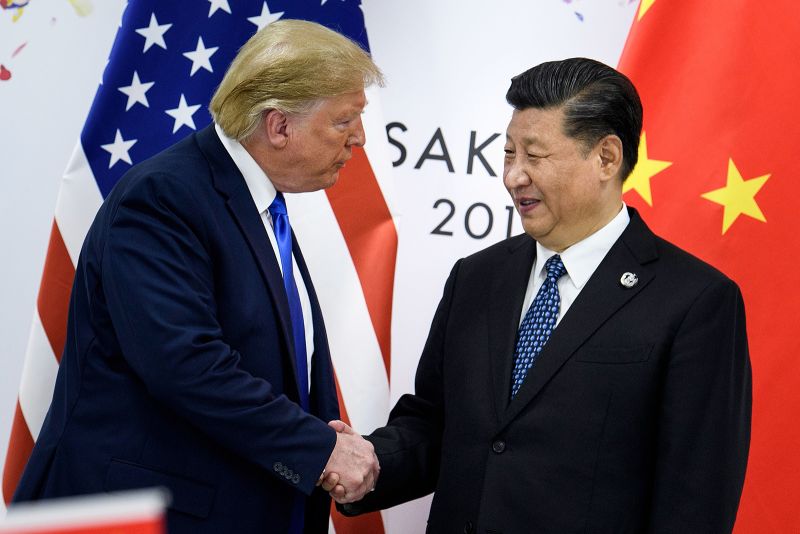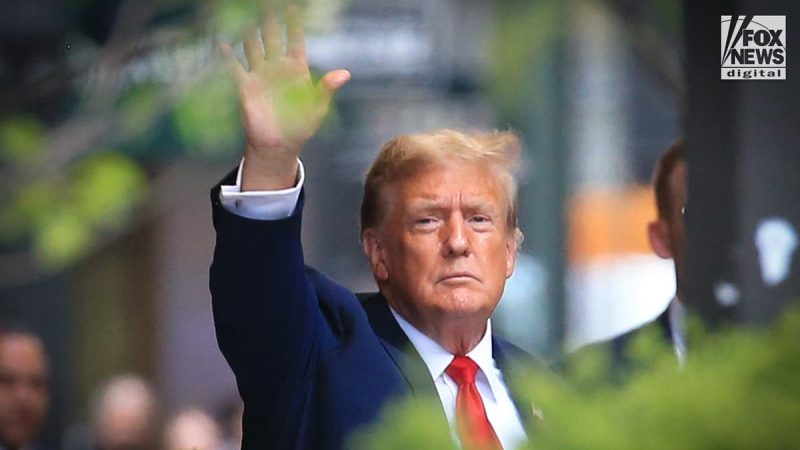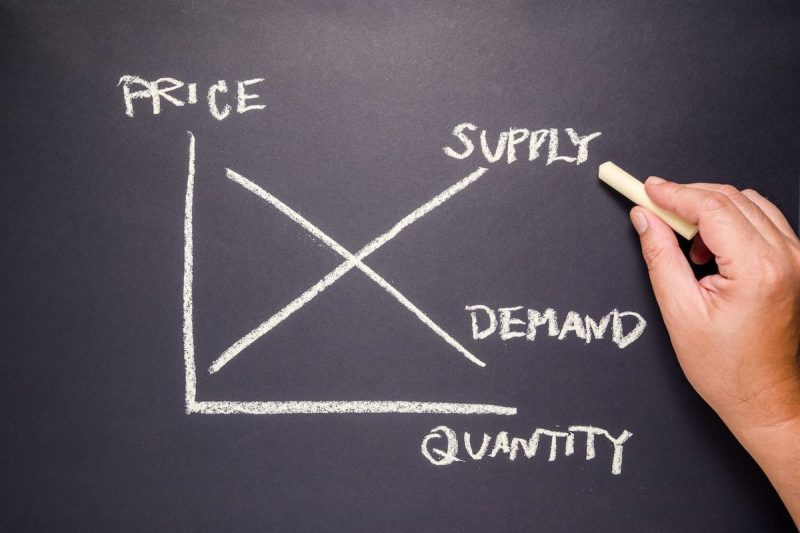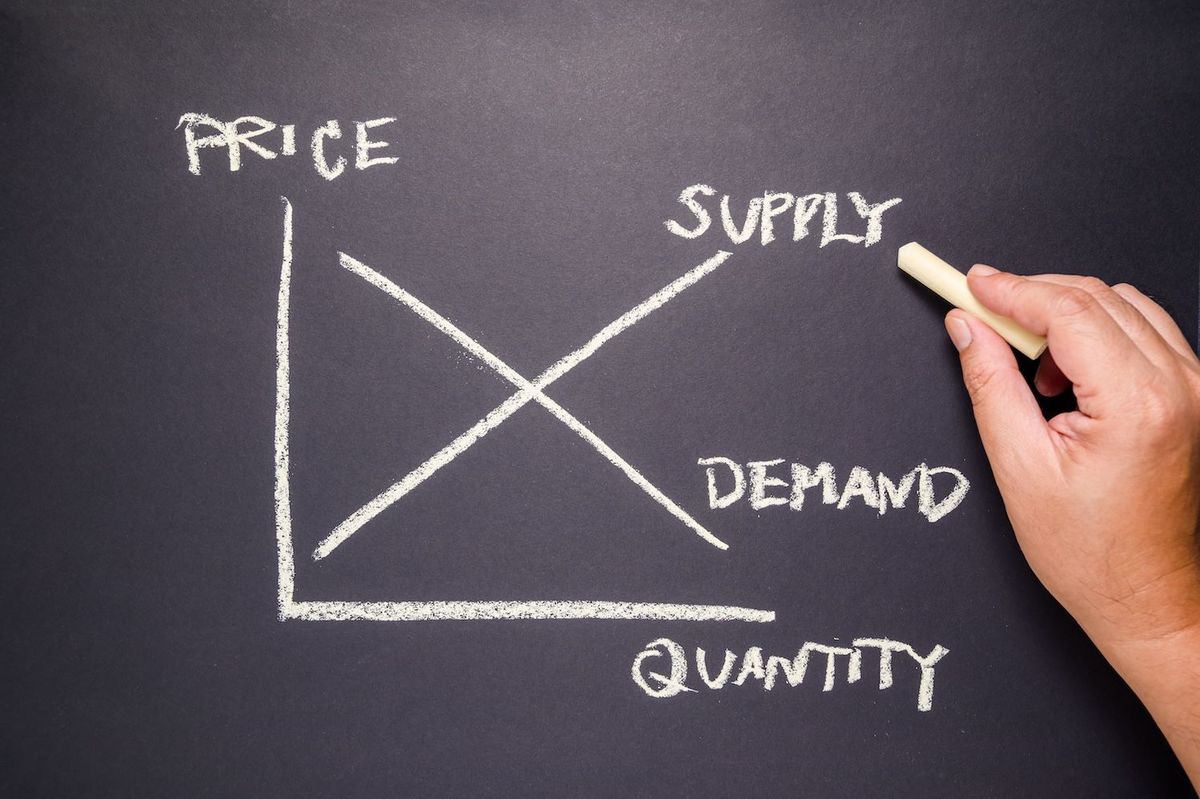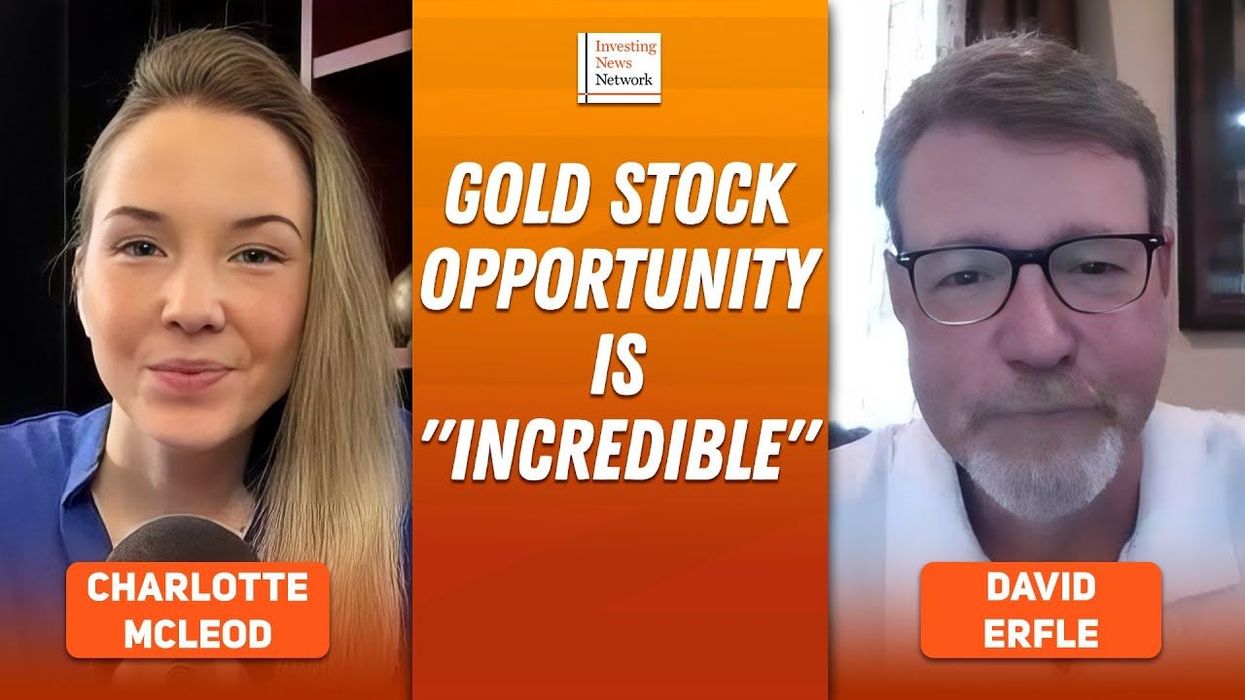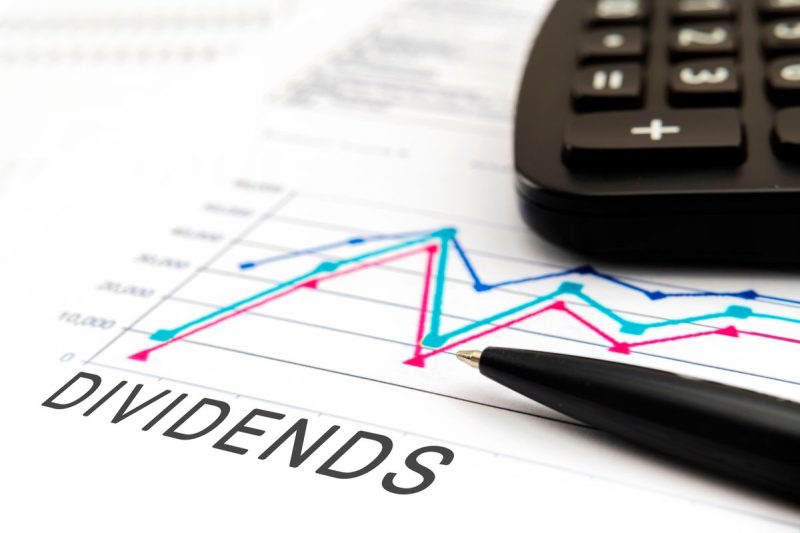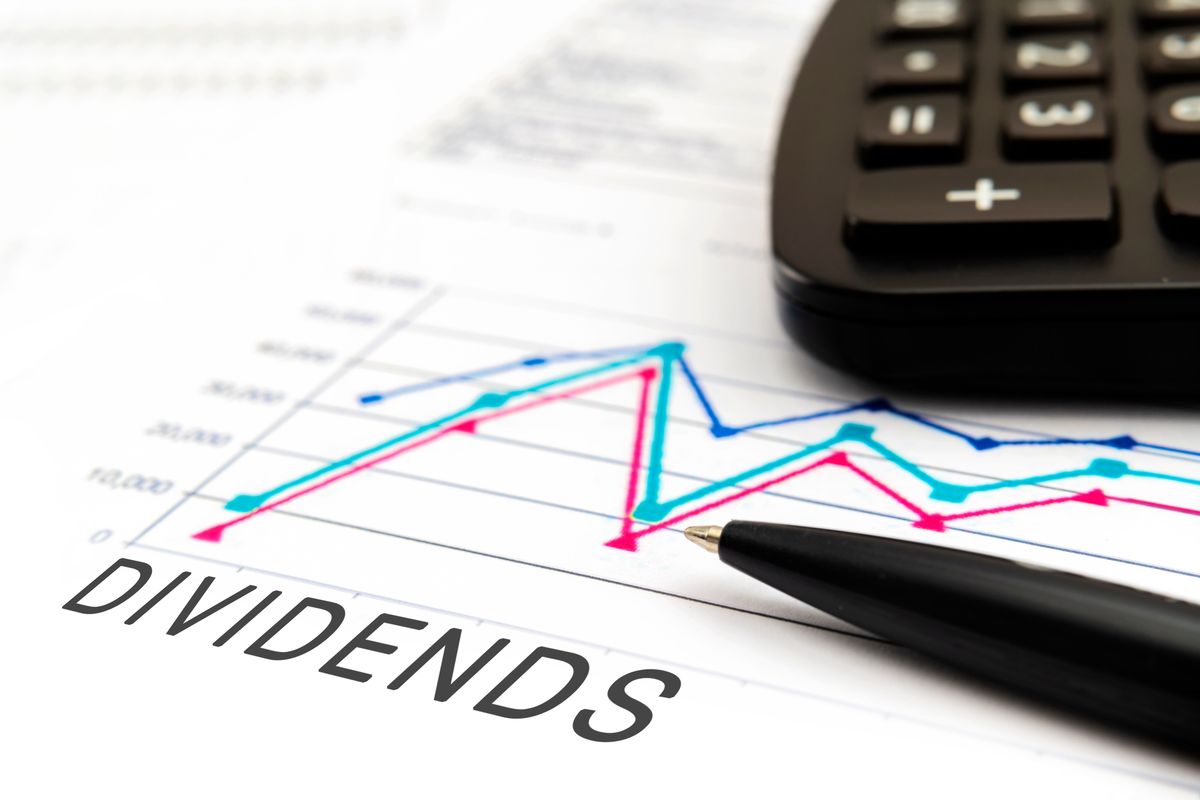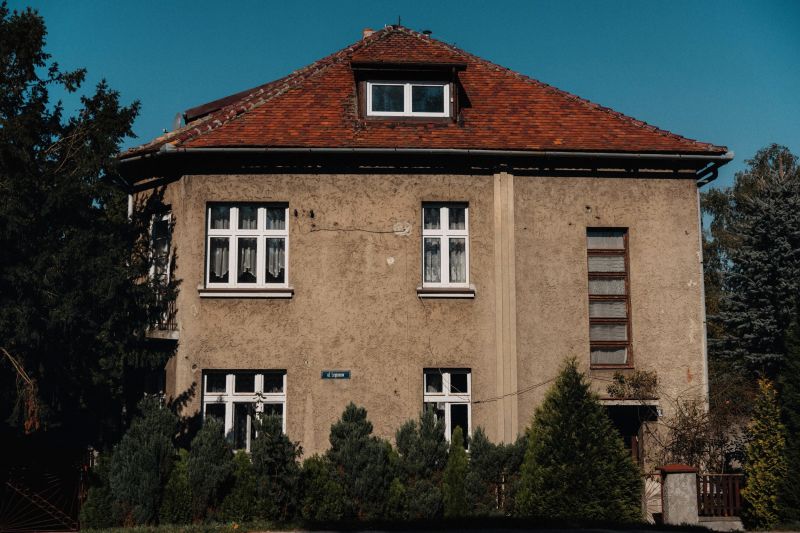
With its manicured garden and spacious interior, the three-story villa was once described as “paradise” by the mother who raised her five children there. And much was done to preserve the household’s tranquility, given its immediate neighbor: the largest and most notorious Nazi concentration camp, Auschwitz.
Inside the family home, Rudolf Höss – the longest serving SS commandant of Auschwitz – dreamt up the most efficient way to kill the millions of Jews, Roma, homosexuals and political prisoners that the Third Reich had decided to eliminate.
Tall trees and a high concrete wall obscured the view and the screams of the camp so that Rudolf’s wife Hedwig and their five children – Klaus, Heidetraud, Brigitte, Hans-Jürgen and Annegret – could live shielded from the atrocities committed just feet from their door.
Theirs was a joyful life. The children played with turtles, cats, rode horses and swam in the nearby river. Meanwhile, the concentration camp’s chimneys spewed smoke as other families were pushed into the gas chambers.
Since Auschwitz was liberated in January 1945, the house at 88 Legionow Street had been in the private hands of a Polish family. But last year it was acquired by the Counter Extremism Project, a New York-based NGO that has sought to combat extremism since 2014.
Within days, this building – a potent symbol of how the Holocaust was orchestrated and a major character in the Oscar-winning movie “The Zone of Interest” – will open its door to visitors in a brand-new form.
The NGO’s plans for the house are twofold: to give a new center to their organization and to open this long closed-off house to the public in time for the 80th anniversary of the liberation of the camp on January 27.
“When you look at this property, the gardens, the fountains, the normal, ordinary life, we’ve been taught since the time of the Holocaust to never forget,” said Mark Wallace, CEO of the Counter Extremism Project. “Eighty years later it’s clear that while essential, “never forgetting” is not enough to prevent the hate and antisemitism that right now grips our society.”
Now, it isn’t just pictures of the Höss’s blissful domesticity that remain, but also diaries, one written by the family’s housekeeper and the other by Rudolf Höss himself. This was not out of choice: After his capture and before his execution, Höss was ordered to write his memoir, giving an insight into the workings of a mind that was both ordinary and chillingly evil.
In it, Höss described himself as man committed to discipline and dedicated to order. He wrote that it was “to protect the mental health” of his guards that he decided to utilize Zyklon B, an insecticide he used to murder as many Jews as effectively as possible.
During Höss’s three and a half years at the camp, four additional gas chambers were built intended for industrialized annihilation. More than 1.1 million people were murdered there, making Auschwitz-Birkenau the deadliest of all the Nazi camps.
The diary also gave much of the material for 2023’s “The Zone of Interest,” which is almost completely set in the house and its immediate surroundings. The movie highlights the ‘banality of evil,’ a phrase coined by Hannah Arendt, and puts forward the idea that the commandant was just a person, not a monster.
“Human beings did this to other human beings and it’s very convenient for us to try and distance ourselves from them because we think we can never behave this way, but I think we should be less certain than that,” said the movie’s director Jonathan Glazer.
Höss’s diary also helps readers understand more about the family’s life at 88 Legionow Street and the lengths they went to to protect their children. The frosted windows, the high walls, a revved-up motorcycle outside gas chamber number 1 to drown out the cries of the people inside.
In the memoir, Höss also recounts how he watched women and children being taken to the gas chambers.
“A woman approached me and pointed at her four children, who were helping the smallest ones over the rough ground, and whispered, ‘How can you bring yourself to kill such beautiful darling children? Have you no heart at all?’”
After witnessing such scenes, Höss wrote, he would ride his horse to clear his mind.
But at no point did he appear to understand the horror of his actions. He called the extermination of the Jews a “mistake” rather than a crime and something that was the result of obeying too blindly orders from above, given, he says, on the basis of a mistaken ideology.
“Let the general public continue to regard me as a bloodthirsty beast, a cruel sadist, as the mass murderer of millions of human beings: for the masses could never imagine the commandant of Auschwitz in any other light,” Höss wrote. “They will never understand that I, too, had a heart.”
Höss went on the run after the liberation of Auschwitz, but was then captured, becoming the first person at such a senior level to admit the extent of the slaughter at the camp. He was made to testify at the International Military Tribunal at Nuremberg and was later condemned to death by a Polish tribunal.
Höss was hanged from the gallows between the camp and his house in 1947.
The surviving Höss family continued to put a distance between themselves and what Rudolf Höss had done. His wife Hedwig and daughter Brigitte moved to the United States following his execution. In an interview in 2013 with the Washington Post, Brigitte said: “It was a long time ago. I didn’t do what was done. I never talk about it – it is something within me. It stays with me.”
“There must have been two sides to him. The one that I knew and then another.”
As to the house, the plan is for it to open to the public in time for the 80th anniversary commemorations. Work to turn part of the property into a museum and the rest into a workspace will take many months, the Counter Extremism Project says.
“Everyone has or can relate to the “house next door.” But today hatred lurks with ubiquity in houses as close to us as next door. House 88 will take up the fight against destructive hatred, and against extremism and antisemitism,” Wallace said.
The first thing members of the Counter Extremism project did was to attach a mezuzah to the front door, as a way of both reclaiming the house and opening it to all.
This post appeared first on cnn.com
